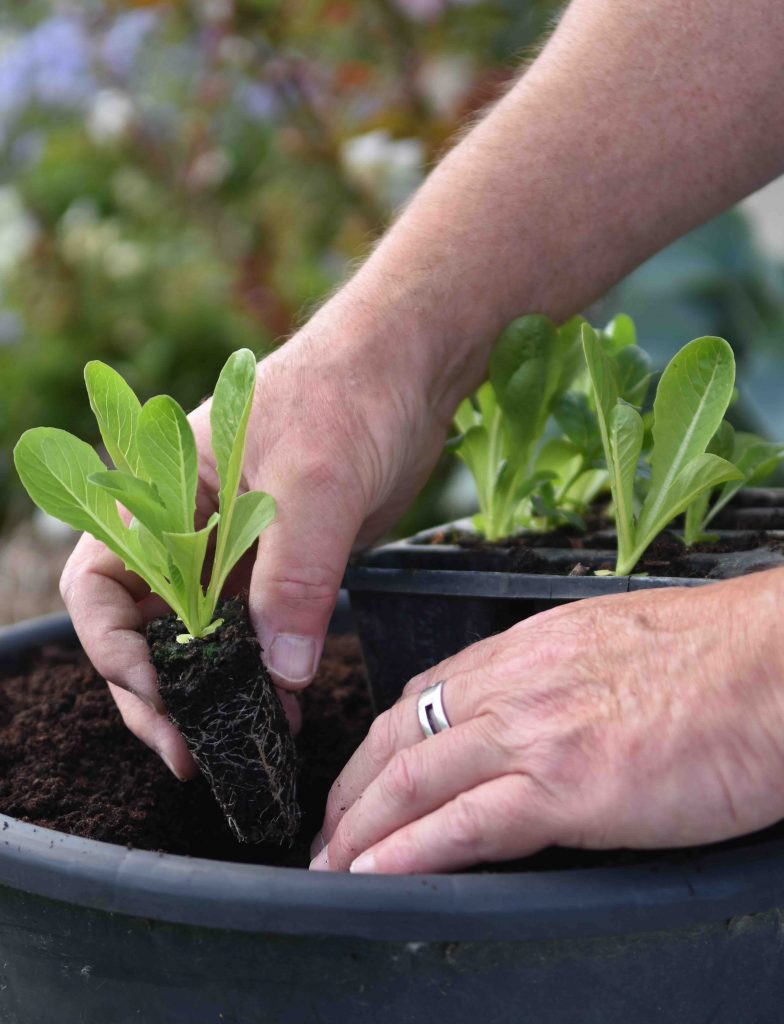
It can be difficult to get your veg plot started in early spring. The plants grow slowly, seeds may take a long time to germinate and there seems to be an endless list of pests ready to eat your plants before you do.
But now that frosts are over and plants are growing so quickly in the warmth, seeds pop up in no time and the plants usually grow faster than the slugs and snails can eat them.
If you haven’t started your own veg yet then now is the perfect time to start. Most veg can be sown now and don’t think you are too late – later sowings usually catch up with early sowings. Now is the perfect time to start.
There are a few exceptions: it is too late to sow tomatoes and peppers, onions, aubergines and chillies and a bit late to sow sweetcorn. But you can buy plants now and plant them out – it is the right time to plant them.
Most other vegetables can still be sown now: spring onions, turnips, lettuce and other salads, radish and peas and French beans and calabrese. It is also the perfect time to sow leeks, winter cabbage, sprouts, sprouting broccoli and kale, all of which should be sown now to crop in autumn and into winter. These all need a longer growing season so they are fully grown by winter.
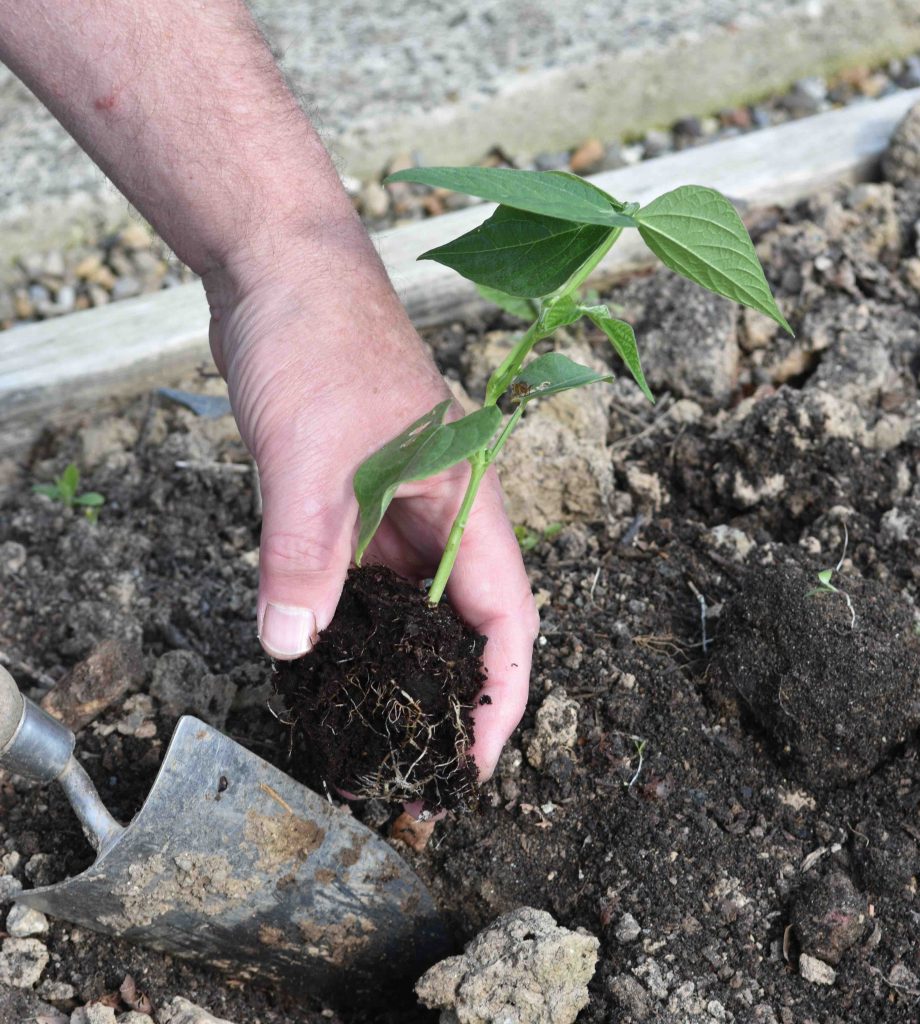
You can save time if you buy lettuce plants and these can be planted in the ground or in pots. When you buy the plants buy some seeds too and sow them so you will have another crop ready a month or so later. Sow little and often. It is a good plan to buy a pack of mixed varieties that will crop over a longer period. A packet will contain all the seeds you need for the year and, if you keep the opened pack in an airtight container in the fridge the seeds will be fine next year but generally lettuce seeds don’t last very long once opened, and the same applies with carrots and parsnips.
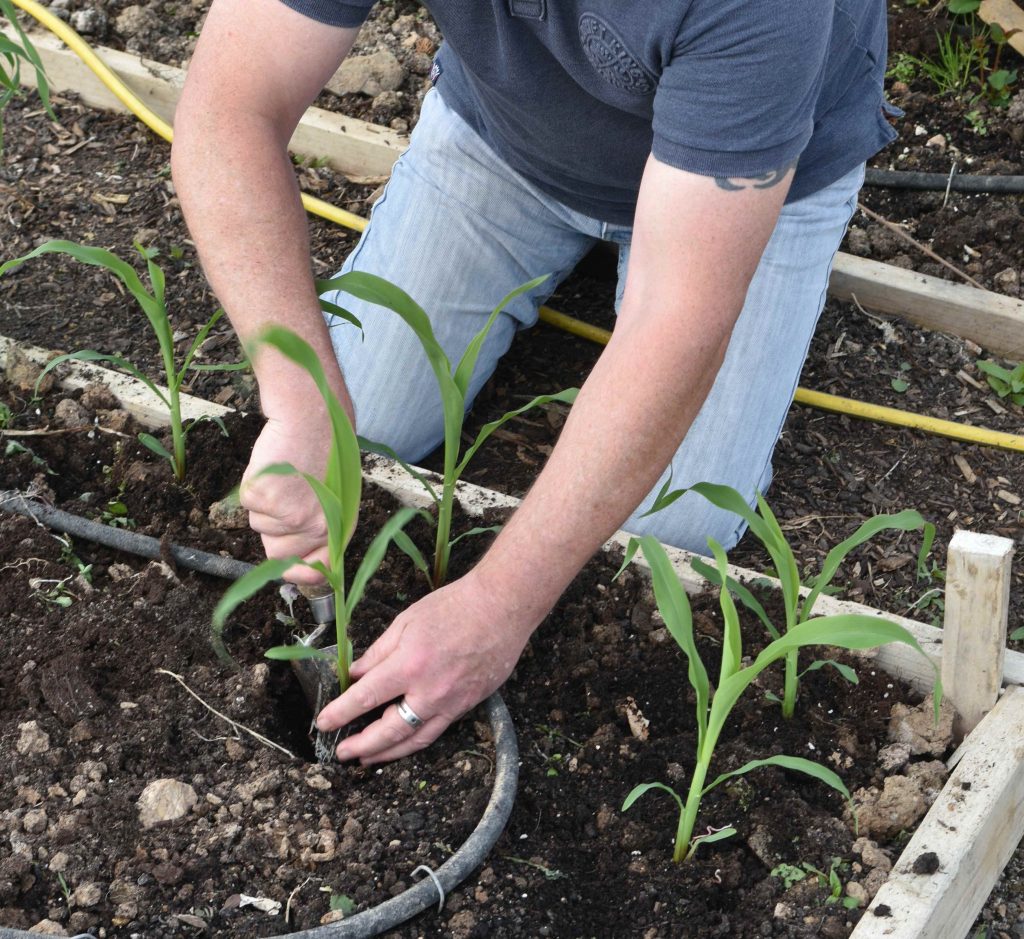
Tomatoes can be planted now, either in the greenhouse or outside. It is always best to grow them under cover because that helps to prevent blight which kills the plants and strikes in late summer when the foliage remains wet. Growing them under cover helps to keep the foliage dry. You can grow them in growing bags but, when they are mature, they are very prone to drying out so only put two plants in each bag if you are not able to water them several times a day in August. Three plants is an absolute maximum. You will get more fruits, and better quality fruits, from two plants growing well in a bag than from three struggling plants!
Make sure you feed them and keep them well watered. As the plants get bigger they need more fertiliser because they are maturing fruits as well as making new growth. Tomatoes are self-fertile so you don’t need lots of plants. If there is poor fruit set it is because of lack of fertiliser or water.
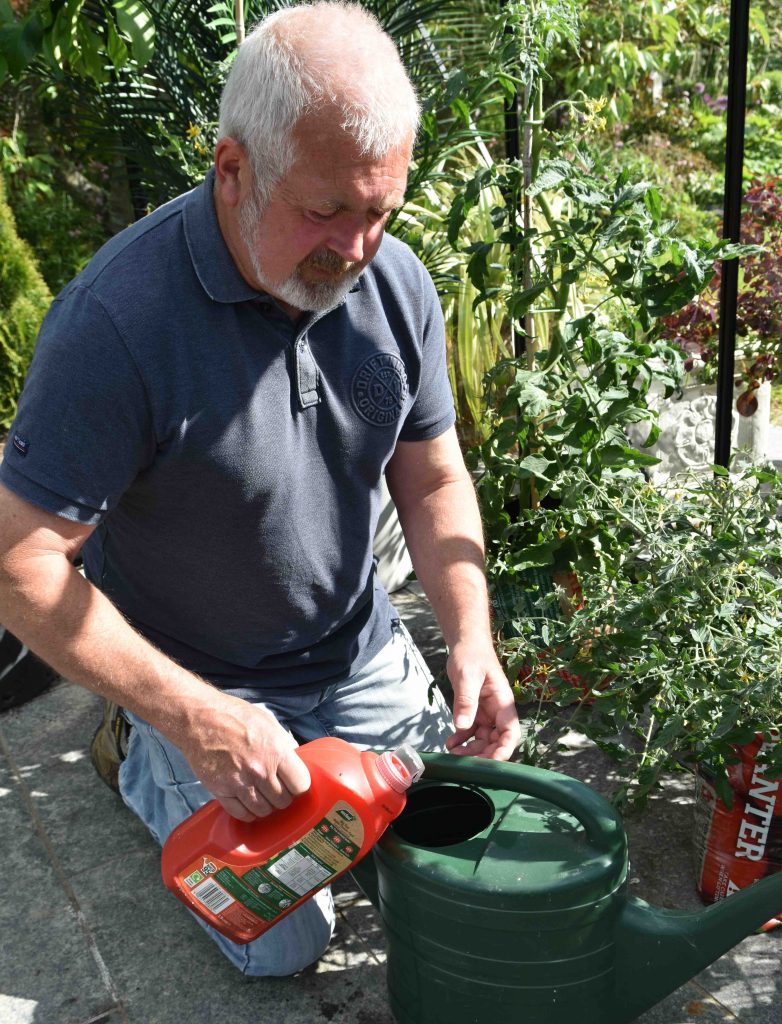
The fruit garden needs attention too. Feed and water strawberries, and think about protecting ripening fruits from birds. The blackbirds have already started to attack my cherries, even though they are small and green and I hang CDs (remember those) in the trees to dissuade them. Redcurrant bushes can be protected by draping some netting over them but check the net to be sure birds have not become tangled – I prefer not to risk this.
If tree fruits have set well it is important to thin the fruits. This ensures a good crop of large fruits and avoids the tree becoming exhausted by overcropping and then having a poor crop next year. In June there is a natural drop off excess fruits – called ‘June drop’ – often after a dry spell, so thin in stages so that fruits are spaced so they don’t touch. This helps prevent brown rot spreading as the fruits ripen,
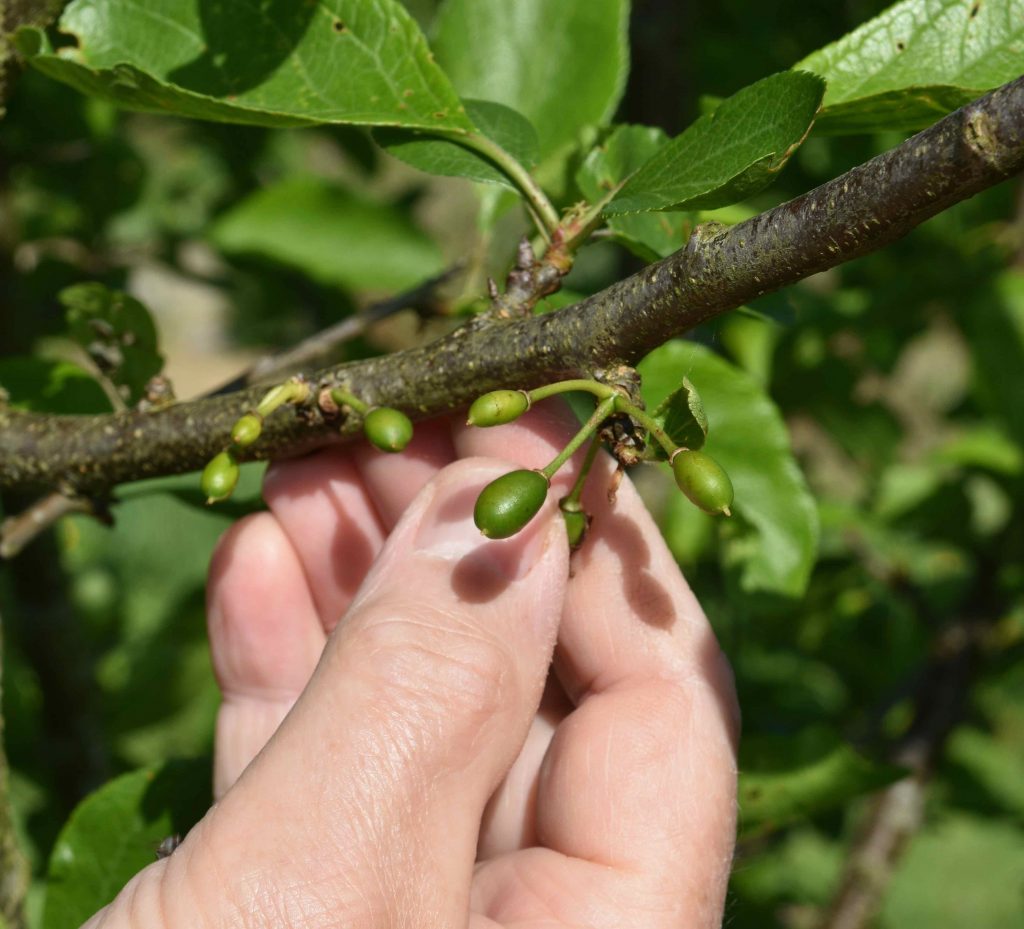
Thin apples too if there are more than three apples in each cluster.
Stop harvesting rhubarb in mid June to allow the plants to recover and build up strength for next year.